Curious Questions: Are rainbows actually circular?
Martin Fone delves into the science — and art — of the rainbow.


A rainbow never fails to enchant, a transient moment of celestial beauty, even though it is one the commonest of meteorological phenomena. For Keats it was enough to admire it for what it is, railing against Isaac Newton in 1817 for destroying ‘the poetry of the rainbow’ by ‘reducing it to a prism’ and, in Lamia (1820), lamenting that scientists ‘will… conquer all mysteries by rule and line/ empty the haunted air and gnomed mine/ unweave a rainbow’.
The first step on the yellow brick road to understanding rainbows was taken in 1621 when Dutch scientist Willobrord Snell developed his law of refraction. Discovering that when light travels from one medium to another, for example from air to water, it generally bends or refracts, he was able to calculate the degree of bend.
René Descartes then created a rainbow in his laboratory by passing light through a flask of water and applied Snell’s law to calculate the angles of refraction and reflection of a beam inside a droplet of water. He documented his findings in the first detailed study of rainbows, L’arc de ciel, later to be incorporated into his Discours sur la méthode (1637). One thing baffled him; why was a rainbow made up of different colours?
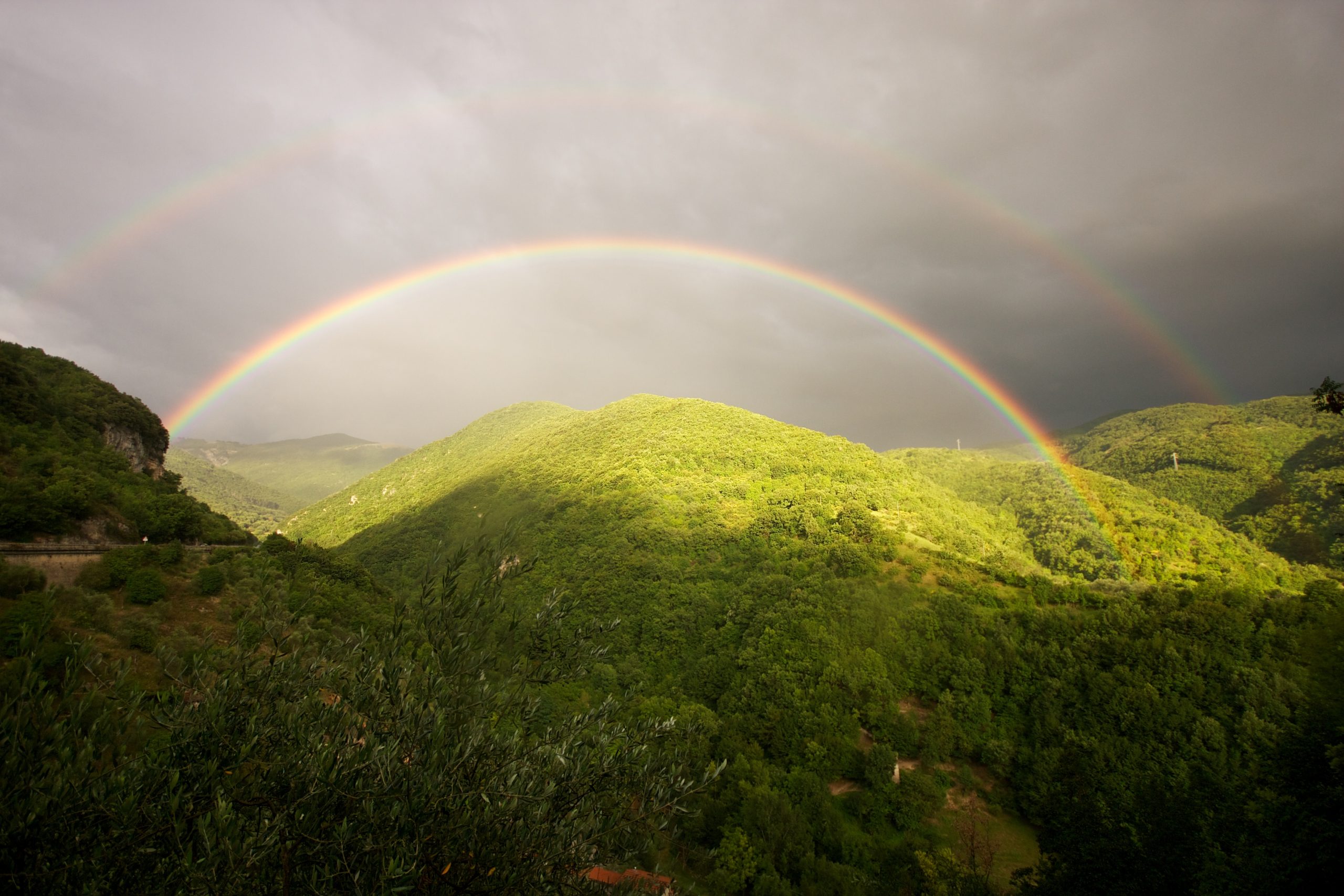
Isaac Newton answered that in Opticks (1704). Passing light through a prism, he found that it decomposed into seven colours and that the order in which they appeared, red orange, yellow, green, blue, indigo, and violet, immortalised in the mnemonic Richard of York Gave Battle In Vain, remained the same every time.
There is some debate as to whether indigo, for many indistinguishable between blue and purple, should be a separate colour in the rainbow spectrum. Was Newton, more romantic than Keats gave him credit for, lured by the by the cosmic significance of the number seven? It is more likely, though, that in Newton’s time the distinction between indigo and blue was more marked, blue being more of a greenish-blue aqua-like colour compared with the bolder hue of indigo, one of the most valued and expensive dyes of the age.
In the world of rainbows, though, seven pales into insignificance compared with forty-two, the answer to the ultimate question of life, the universe, and everything, according to Douglas Adams’ The Hitchhiker’s Guide to the Galaxy.
On meeting a droplet of water, some rays of light will penetrate it, and are refracted on the way in, reflected as they hit the back of the drop, and refracted once more as they leave. The rays hit the drop at various angles, and the higher up they strike, the greater the angle of reflection. The most intense concentration of light, the Descartes ray, occurs when the rays are reflected at around forty-two degrees. It is at this point that the raindrop scatters most light, producing the bright and vibrant colours that form a rainbow.
Exquisite houses, the beauty of Nature, and how to get the most from your life, straight to your inbox.
When the white light decomposes into its distinctive colours, their order is determined by the wavelength associated with that colour. As the colour’s wavelength does not change, the order in which they appear in a rainbow remains constant. Blue, with the shortest wavelength, is refracted at a greater angle than red, the colour with the longest wavelength, but after the rays are reflected from the back of the droplet, the angle at which the blue light exits is slightly smaller than that of the red. As a result, blue is seen on the inside of the rainbow’s arc and red on the outside.
"The reason that only a part of a rainbow is usually visible is that the Earth’s surface blocks out the rest of the light. A rainbow in its full circular glory can occasionally be seen from the top of a mountain or the cockpit of an aeroplane"
To see a rainbow, the viewer must have the sun behind them at an elevation of less than forty-two degrees, the point at which shadow’s length becomes greater than their height. There must be water droplets in front of them, usually in the form of a passing rain shower, falling in the direction of 42 degrees from their shadow. If the sun’s elevation is greater than forty-two degrees, the rainbow is out of sight below the horizon. The lower the sun’s elevation, the taller the rainbow.
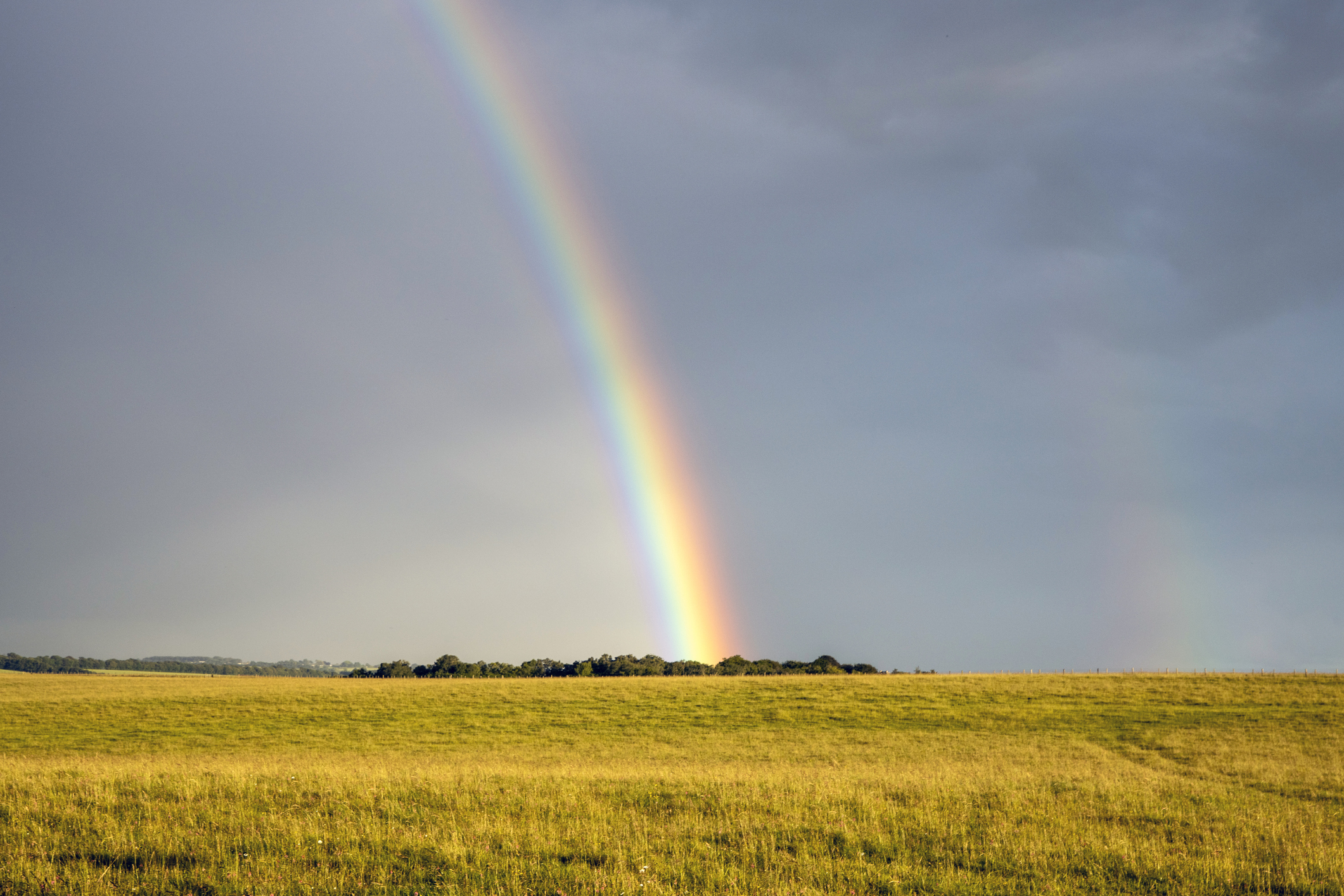
Intriguingly, a rainbow is little more than an optical illusion; it does not exist in a specific spot in the sky. What this means is that even if two people standing side by side see a rainbow in the sky, it is unique to each observer. It also raises the deep philosophical question of whether a rainbow really exists without the presence of a sentient being to recognise it for what it is.
Is there is a pot of gold buried at the end of the arc? The origins of this enduring myth lie in an Irish folktale about the Viking’s invasion of their island. Looting and plundering at will, they buried their spoils all around the countryside. In their haste to leave, they left some of their treasure behind, which the leprechauns found. Being distrustful of humans, the leprechauns took the gold and buried it deep underground around the island, the only clue to its whereabouts being the end of a rainbow.
Anyone hoping to get rich quick by unearthing a pot of gold will be sorely disappointed. As raindrops are spherical, when sunlight passes through them at just the right angle, they form a circular rainbow.
The reason that only a part of a rainbow, the arc, is usually visible is that the Earth’s surface blocks out the rest of the light. A rainbow in its full circular glory can occasionally be seen from the top of a mountain or the cockpit of an aeroplane, as captured in this video taken from a light aircraft in Slovenia:
Looking out of an aeroplane window, a passenger might see what looks like a circular rainbow around the shadow of their head, made up of one or more successively dimmer concentric circles, each of which has red on the outside and blue on the inside. Like a rainbow it is an optical illusion, known as a glory, but is the result of a completely different physical process, the wave interference of light, usually from the sun but also the moon, internally refracted within small droplets.
Occasionally a second rainbow appears in the sky slightly above the primary rainbow. It develops when light entering a raindrop undergoes two reflections instead of one and is scattered at an angle of fifty-one degrees. The second reflection not only reduces the intensity of the light but also reverses the order of the colours, with blue at the top and red at the bottom.
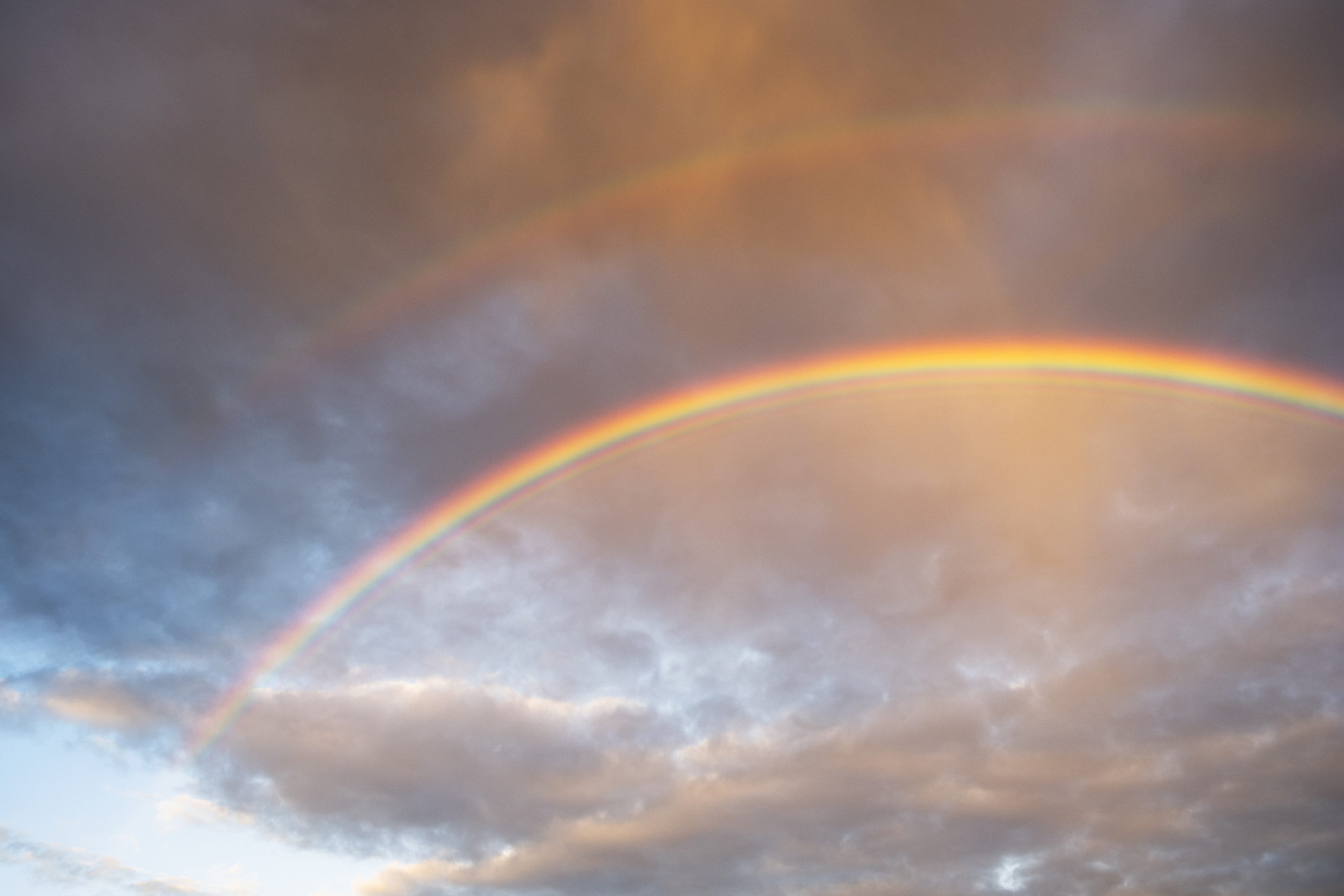
A tertiary rainbow occurs when light is reflected for a third time. The these can only be seen by looking directly towards the sun, because the sun rather than the point directly opposite (the antisolar point) is its centre. This makes it difficult to spot, especially as the intensity of the colours is much reduced, and the bands are broader.
A quaternary rainbow, where the light is reflected four times, is fainter still and can only be observed while looking at the sun. Under laboratory conditions, scientists had detected a 200th-order rainbow, where the light has been reflected two hundred times.
Whether you are of a scientific or romantic disposition, there is much to marvel about a rainbow. As William Wordsworth observed; ‘my heart leaps up when I behold/ a rainbow in the sky…’

Credit: Getty
Curious Questions: How do you tell the difference between a British bluebell and a Spanish bluebell?
Martin Fone delves into the beautiful bluebell, one of the great sights of Spring.
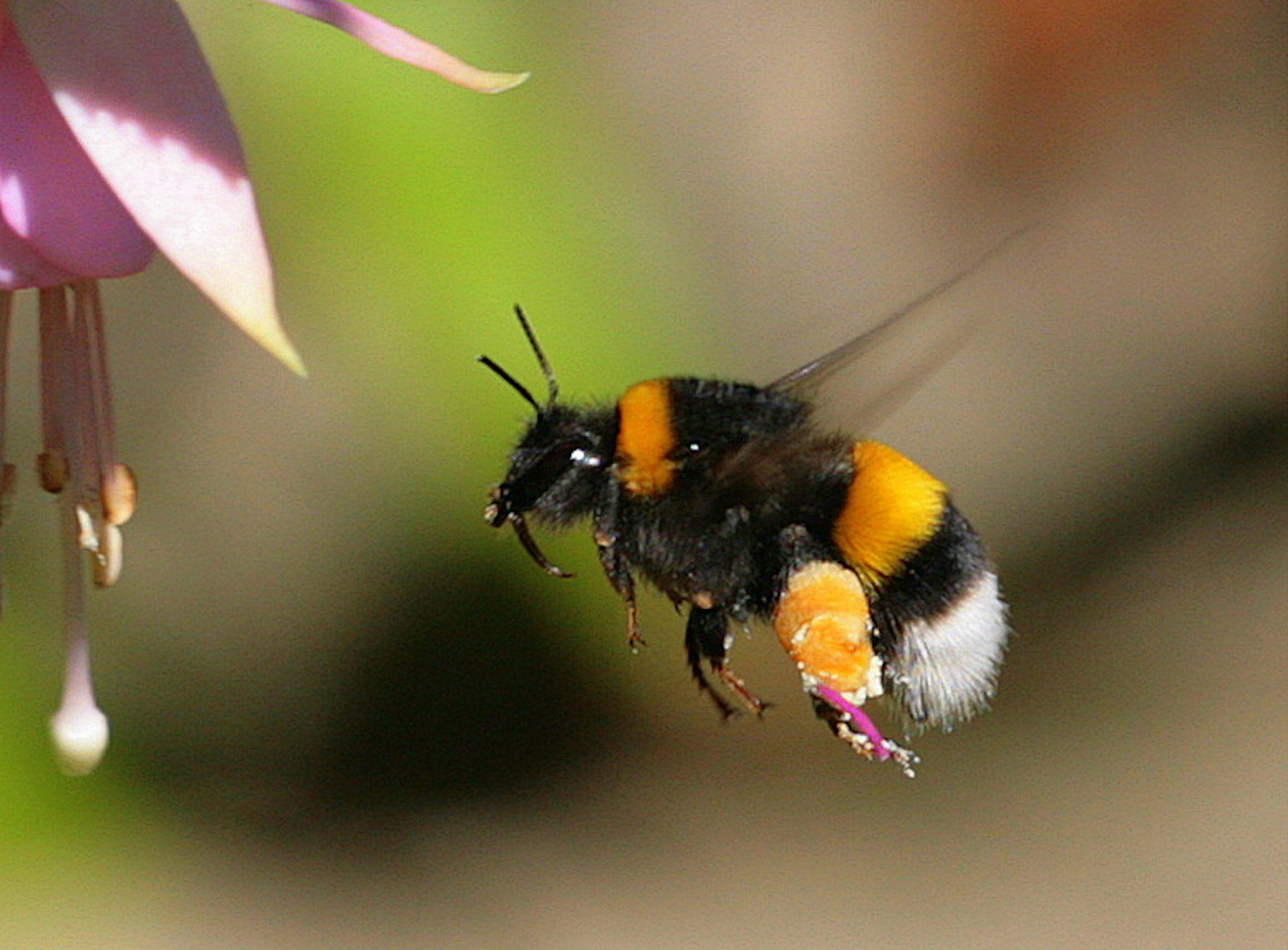
Curious Questions: How does a bumblebee fly?
Scientists only discovered the humble pollinator's secret in 2005, says Martin Fone.
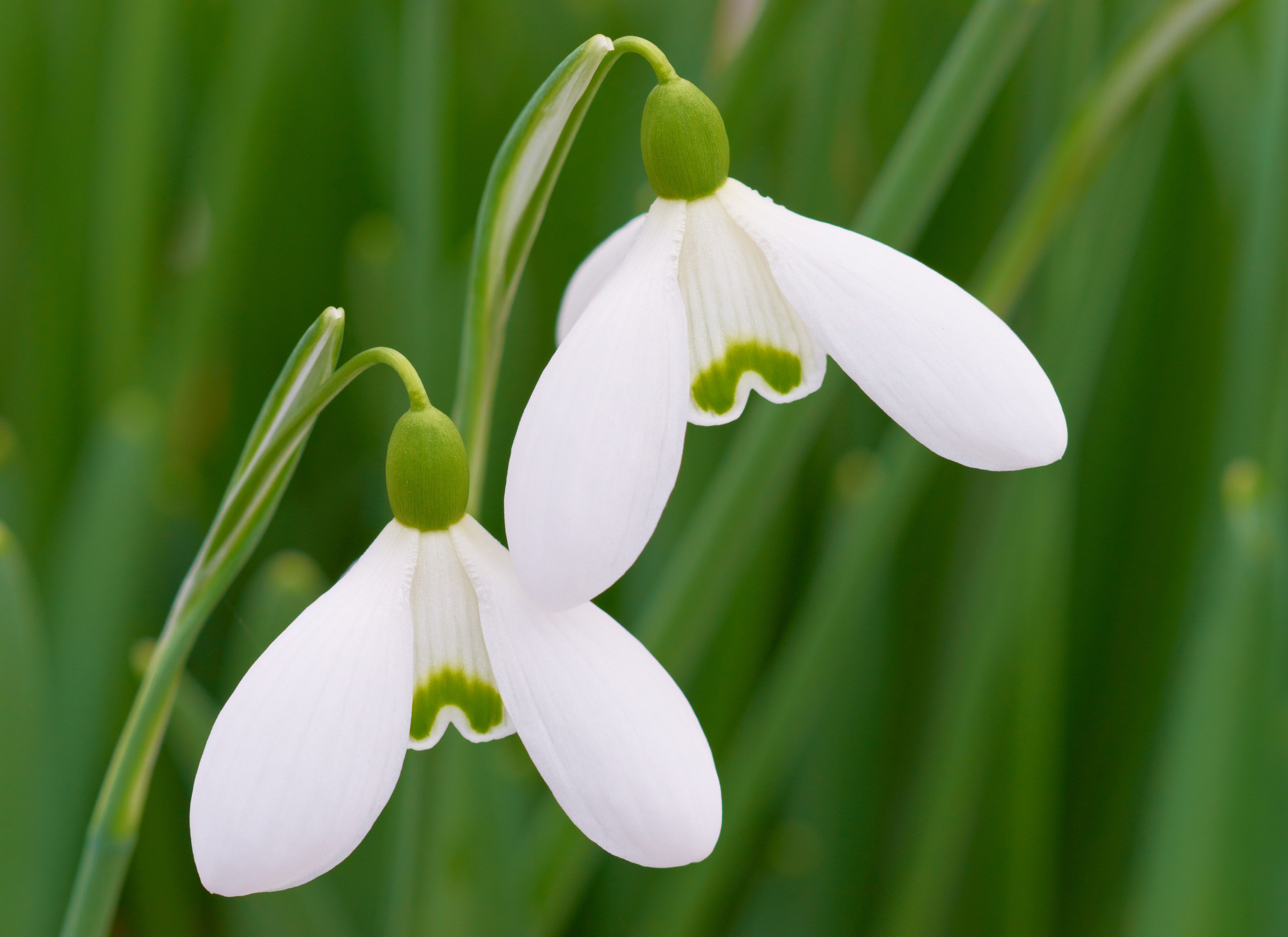
Credit: Alamy Stock Photo
Curious Questions: Should you bring a snowdrop into the house?
Martin Fone delves into Britain's collective passion for Galanthus and looks at the folklore that surrounds it.

Credit: Getty Images/Image Source
Curious Questions: Why is the pork pie associated with Melton Mowbray?
Martin Fone tells the tale of a true British culinary classic: the pork pie.

Curious Question: When was the first census held?
As the UK prepares to compile this decade's census, Martin Fone retraces its history.
After graduating in Classics from Trinity College Cambridge and a 38 year career in the financial services sector in the City of London, Martin Fone started blogging and writing on a freelance basis as he slipped into retirement. He has developed a fearless passion for investigating the quirks and oddities of life and discovering the answers to questions most of us never even think to ask. A voracious reader, a keen but distinctly amateur gardener, and a gin enthusiast, Martin lives with his wife in Surrey. He has written five books, the latest of which is More Curious Questions.

